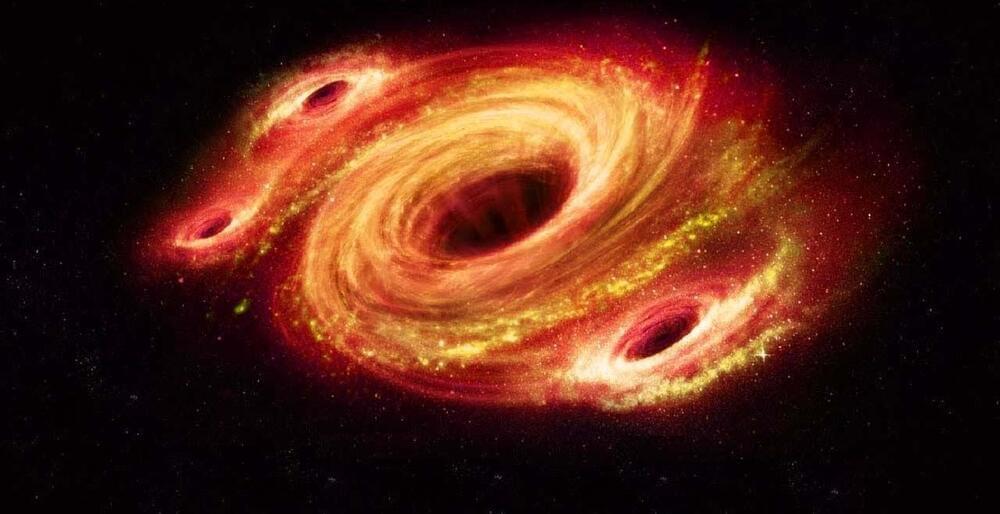New to nerfstudio? Here we walk you through a step-by-step process on how to turn your favorite capture into a trendy 3D video in minutes.
Github: github.com/nerfstudio-project/nerfstudio.
Discord: discord.gg/uMbNqcraFc.
Twitter: @nerfstudioteam.
Getting started.
0:00 Hello from nerfstudio.
0:13 Preprocess your video.
0:27 Launching training and viewer.
Viewer basics.
1:03 Viewer scene introduction.
1:20 Moving around in viewer.
1:38 Overview of Controls Panel — train speed/output options.
1:55 Overview of Scene Panel — toggle visibility.
Creating camera trajectories.
2:16 Creating a custom camera path.
2:38 Camera spline options — cycle, speed, smoothness.
2:57 Camera options — move, add, view.
Rendering a video.








